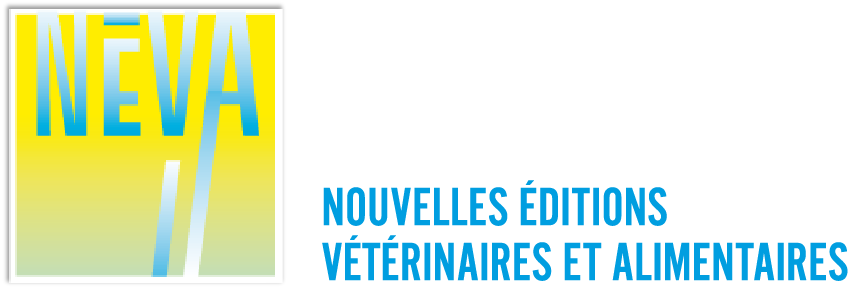Article
Conduite à tenir face à un chien ou un chat atteint ou suspect d’être atteint par une maladie transmissible
Emmanuel Topie, Anne Gogny
La prise en charge des animaux contagieux, ou suspects de l’être, suit des procédures définies et écrites adaptées à la structure vétérinaire. La première barrière à l’introduction d’un germe contagieux dans une structure de soins est une application quotidienne stricte quel que soit l’animal des mesures d’hygiène de base, que ce soit pour l’hygiène des mains, des locaux, des surfaces et du matériel.
L’animal suspect ou confirmé contagieux est orienté dès son arrivé dans la structure, ou à défaut le plus tôt possible dès la détection du problème, vers le circuit pour animaux contagieux. La confirmation d’une infection par un agent infectieux transmissible est à effectuer le plus tôt possible. Une information claire, visible et précoce du personnel en charge de l’animal sur l’agent infectieux suspecté doit être donnée.
En cas d’identification tardive, après circulation dans les locaux, d’un animal contagieux, il est nécessaire de retracer son parcours (locaux, matériel, personnel, …) afin de pouvoir mettre en place les mesures de nettoyage et de désinfection adaptées.
Que ce soit en consultation, en hospitalisation ou lors de la réalisation d’examens complémentaires, un isolement spatial ou temporel par rapport aux autres individus sensibles à la maladie concernée est nécessaire. Le personnel dédié aux soins est limité au strict nécessaire. L’utilisation d’un matériel jetable, ou à défaut facilement nettoyé et désinfecté, est préconisée.
La gestion des déchets et excrétas suit la même logique en évitant dans la mesure du possible la contamination de l’extérieur des contenants afin de ne pas disséminer l’agent pathogène lors du transport de ces déchets.
Disciplines : Maladies contagieuses, maladies infectieuses, hygiène, parasitologie
Mots clés : Biosécurité, Contagieux, hygiène, Milieu hospitalier, Vétérinaire, Carnivores domestiques, Chien, Chat
Management of a dog or cat affected or suspected of being affected by a non-vector transmissible disease
The management of contagious animals, or suspected of being, follows defined and written procedures adapted to the veterinary facility. The first barrier to the introduction of a transmissible germ into a care unit is a strict daily application, whatever the animal, of basic hygiene measures, for hand hygiene, premises, surfaces and materials.
The suspect or confirmed contagious animal is referred as soon as it arrives in the facility, or as soon as possible after detection of the problem, to the circuit for contagious animals. Confirmation of infection with a transmissible infectious agent should be done as soon as possible.
Clear, visible and early information to the personnel in charge of the animal about the suspected infectious agent must be given. In the event of late identification, after circulation in the premises of a contagious animal, it is necessary to retrace its course (premises, equipment, staff, etc.) in order to be able to put in place suitable cleaning and disinfection measures.
Whether in consultation, hospitalization or when performing complementary exams, spatial or temporal isolation from other individuals susceptible to the disease is necessary.
The staff is limited to what is strictly necessary. The use of disposable equipment, or, failing that, easily cleaned and disinfected, is recommended. The management of waste and excreta follows the same logic, avoiding as much as possible contamination of the outside of the containers to avoid spreading the pathogen during the transport.
Keywords : Biosecurity, Contagious, Domestic carnivores, Hospital setting, Veterinary

2006-2011 : Études vétérinaires à l’École Nationale Vétérinaire de Nantes
2011-2012 : Internat en clinique des Animaux de Compagnie à Oniris (École Nationale Vétérinaire de Nantes).
2012-2015 : Résidanat du European College of Animal Reproduction à Oniris
2015-2020 : Praticien hospitalier au Service de Reproduction des Animaux de Compagnie au CHUV d’Oniris.
Depuis 2021 : Praticien libéral au sein d’Anirepro.

